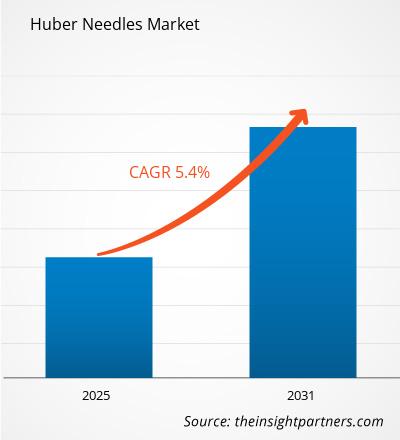Smartphone Processors Market Players Density: Understanding Its Impact on Business Dynamics
The Smartphone Processors Market is growing rapidly, driven by increasing end-user demand due to factors such as evolving consumer preferences, technological advancements, and greater awareness of the product's benefits. As demand rises, businesses are expanding their offerings, innovating to meet consumer needs, and capitalizing on emerging trends, which further fuels market growth.
Read More: - https://www.theinsightpartners.com/reports/smartphone-processors-Market
The Smartphone Processors Market is growing rapidly, driven by increasing end-user demand due to factors such as evolving consumer preferences, technological advancements, and greater awareness of the product's benefits. As demand rises, businesses are expanding their offerings, innovating to meet consumer needs, and capitalizing on emerging trends, which further fuels market growth.
Read More: - https://www.theinsightpartners.com/reports/smartphone-processors-Market
Smartphone Processors Market Players Density: Understanding Its Impact on Business Dynamics
The Smartphone Processors Market is growing rapidly, driven by increasing end-user demand due to factors such as evolving consumer preferences, technological advancements, and greater awareness of the product's benefits. As demand rises, businesses are expanding their offerings, innovating to meet consumer needs, and capitalizing on emerging trends, which further fuels market growth.
Read More: - https://www.theinsightpartners.com/reports/smartphone-processors-Market
0 Yorumlar
0 hisse senetleri
244 Views
0 önizleme












